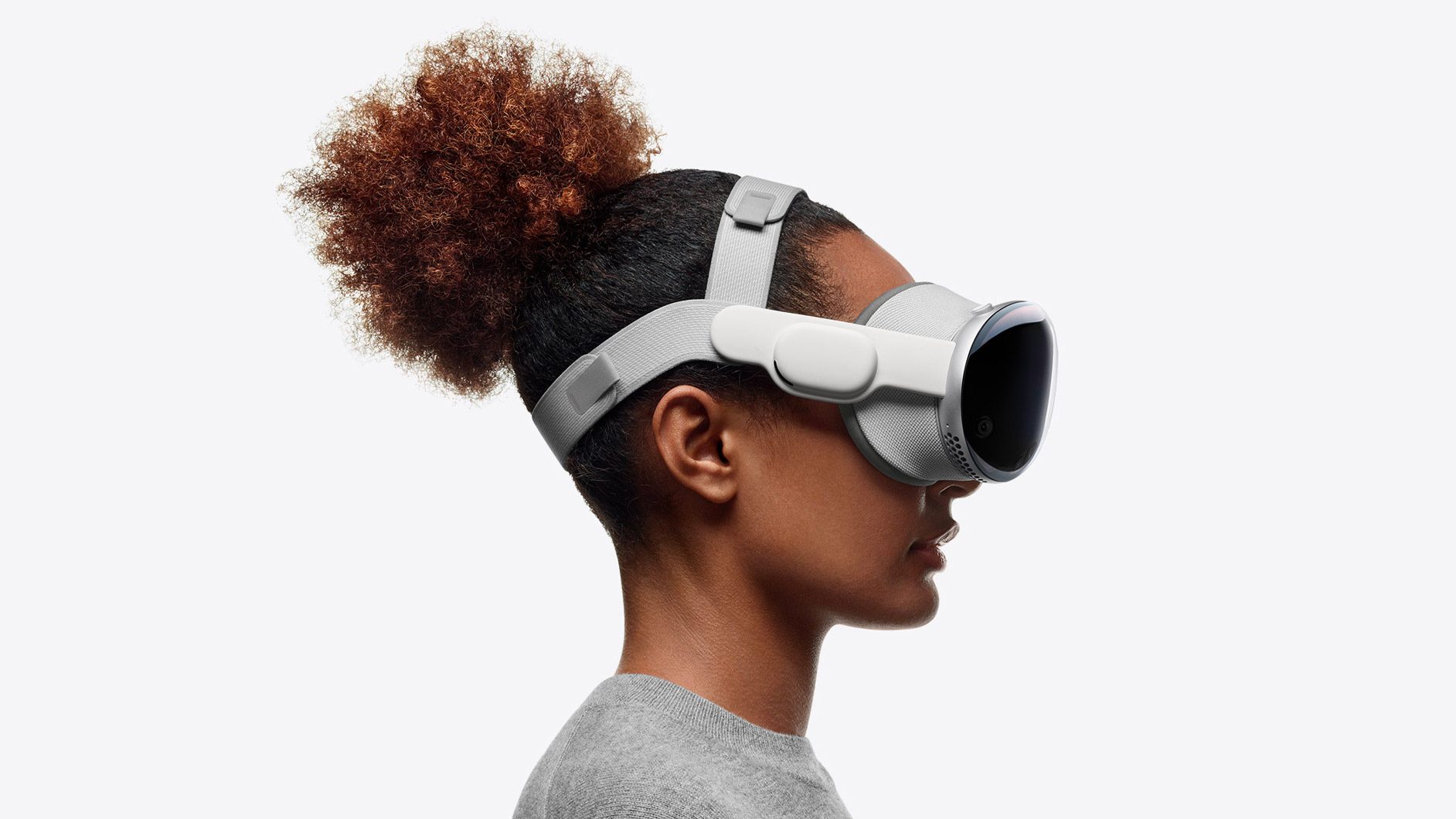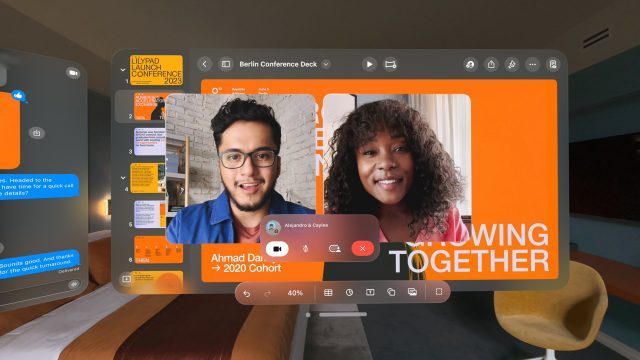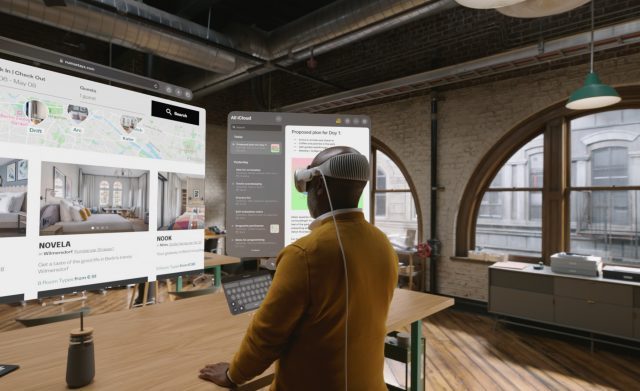Melbourne AR startup JigSpace has secured $13 million in funding led by Breakthrough Victoria, coinciding with the release of the $5,999+ Apple Vision Pro in Australia.
The funding round also saw participation from Aura Ventures, Anorak Ventures, and follow-on investments from Rampersand, Investible, Vulpes Ventures, and angel investor Hugh Bickerstaff. It follows a $6 million Series A back in 2021.
JigSpace has now been featured in four Apple keynotes, including the announcement of the Vision Pro last year, as well as its official launch last week.
The company’s demo app has been pre-installed on both the Apple Vision Pro and iPads across the globe.
The democratised access to the app is undoubtedly a good thing, considering the Vision Pro starts at $5,999 for the 256GB model, with the 512GB and 1TB models coming in at $6,349 and $6,699 respectively.
It’s also available across MacOS, Windows and Android devices.
Apple CEO Tim Cook called out the startup in interviews recently, saying it was “doing incredible things… something you can’t really do on a flat, 2D screen”.
JigSpace’s platform allows users to turn CAD models into 3D presentations – called ‘Jigs’ – which can be used for training, sales, marketing and product education.
The platform aims to be user-friendly, allowing people across all technical levels to create and share 3D visualisations.
“The era of spatial computing has arrived, and we’ve spent years positioning JigSpace at the forefront of this technological shift,” Zac Duff, CEO of JigSpace, said.
“There’s no reason why we can’t build market-leading companies in Victoria. I’m excited to anchor JigSpace here and continue developing our world-class product and technology.”
According to Duff, part of the new funding will be used to expand the team in Melbourne and open the company’s first US office. It will also be used to continue improving the product.
In the future, the company hopes to have 40 employees by 2028 and possibly 80 by 2030.
“JigSpace is often referred to as the next Canva, and this investment is a testament to their potential to revolutionise the AR industry,” Grant Dooley, CEO of Breakthrough Victoria, said.
“We are excited to support their vision and growth, which will not only drive economic benefits but also solidify Victoria’s position as a hub for technological innovation,” Dooley added.
Quelle:
Foto: JIGSPACE





